Is Growing Cannabis Difficult?
Growing cannabis has become increasingly popular in recent years, thanks to changing laws and a growing appreciation for home cultivation. Every year we see that more cannabis users want to grow their own plants. Whether you’re looking to grow for personal use, medicinal purposes, or simply as a hobby, you might be wondering: Is growing cannabis difficult? The answer largely depends on your goals, resources, and level of commitment.
At its core, cannabis is a resilient plant that can thrive in various environments. For centuries, it has grown wild in diverse climates, proving its hardiness. However, modern cultivation—focused on maximizing yield, potency, and quality—requires more attention to detail. From choosing the right strain to managing light cycles, nutrients, and environmental conditions, there’s a learning curve, especially for first-timers.
For beginners, the process might feel overwhelming at first. Factors like whether to grow indoors or outdoors, understanding soil versus hydroponic systems, and managing pests or diseases can seem complex. However, with the right guidance and tools, even novices can achieve a successful harvest.
This blog explores the challenges and rewards of growing cannabis, offering insights into the factors that make it seem daunting while highlighting ways to simplify the journey. Whether you’re starting with a single plant or planning a more ambitious setup, this guide will help you assess the difficulty level and provide tips to make your cannabis-growing experience both manageable and rewarding.
Embark on this journey with curiosity and patience—you might discover it’s not as hard as it seems!
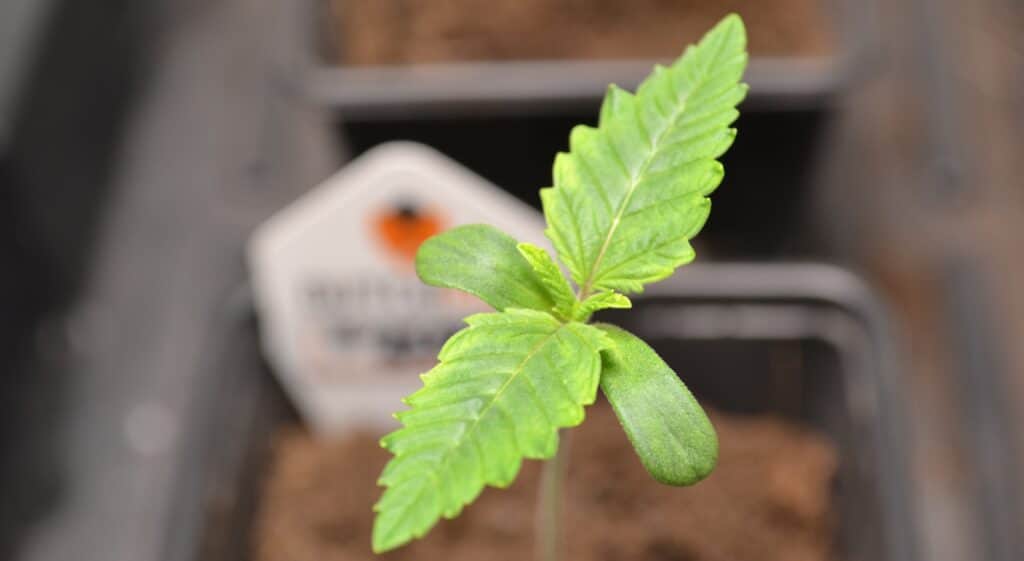
1. Is growing cannabis difficult? Key Factors That Affect Difficulty:
1. Growing Method
One of the most significant factors influencing the difficulty of growing cannabis is the method you choose: indoor or outdoor cultivation. Each approach has its unique challenges and benefits, and the right choice for you will depend on your goals, budget, and environment. Below, we delve into these methods to help you understand what they entail.
Indoor Growing
Indoor cultivation offers growers unparalleled control over their plants’ environment, making it a popular choice for those seeking to maximize quality and consistency. By growing indoors, you can regulate key factors such as light, temperature, humidity, and airflow, ensuring optimal conditions for cannabis plants throughout their life cycle. However, this control comes with additional costs and responsibilities.
Advantages of Indoor Growing:
- Environmental Control: Indoor setups allow you to create the perfect environment for cannabis growth. Using grow lights, you can replicate natural sunlight and adjust light cycles to influence the vegetative and flowering stages. Similarly, heaters, air conditioners, and humidifiers help maintain ideal temperature and humidity levels, regardless of the weather outside.
- Year-Round Growing: Unlike outdoor cultivation, which is subject to seasonal changes, indoor growing allows you to cultivate cannabis at any time of the year.
- Privacy: Growing indoors ensures your plants remain out of sight, reducing the risk of theft and keeping your activities discreet in areas where cannabis cultivation might still be stigmatized.
Challenges of Indoor Growing:
- Higher Initial Costs: Setting up an indoor grow space requires an investment in equipment such as grow lights, ventilation systems, timers, and grow tents. Quality materials can be expensive but are essential for successful cultivation.
- Energy Consumption: Maintaining an indoor setup, especially with powerful lights and environmental control systems, can lead to higher electricity bills.
- Learning Curve: While the ability to control environmental factors is beneficial, it also means you need to understand these variables thoroughly. Mismanaging light schedules, temperature, or humidity can harm your plants.
Outdoor Growing
For those with access to suitable outdoor space, cultivating cannabis under the open sky can be a rewarding and cost-effective option. Outdoor growing is typically less expensive than indoor setups and leverages natural sunlight and weather conditions to nurture plants. However, outdoor cultivation comes with its own set of risks and challenges.
Advantages of Outdoor Growing:
- Cost-Effective: Outdoor growing eliminates the need for expensive equipment like grow lights and ventilation systems. The sun provides free light and energy, significantly reducing your overall costs.
- Low Maintenance: In ideal climates, cannabis plants can thrive with minimal intervention. Rainfall may reduce the need for frequent watering, and the sun ensures proper light exposure without constant adjustments.
- Large Yields: With ample space and natural conditions, outdoor plants often grow larger and produce higher yields compared to their indoor counterparts.
Challenges of Outdoor Growing:
- Dependency on Climate: The success of an outdoor grow depends heavily on your local climate. Cannabis plants need a warm and sunny environment, and regions with short growing seasons or unpredictable weather can pose significant challenges.
- Pests and Diseases: Growing outdoors exposes your plants to a variety of pests, fungi, and diseases. Protecting plants often requires vigilance and organic pest control methods.
- Security Risks: Outdoor plants are more vulnerable to theft or accidental discovery. They may also attract unwanted attention, depending on local attitudes and regulations.
- Limited Growing Seasons: In most regions, cannabis can only be grown during specific months, limiting how many harvests you can achieve in a year.
Is growing cannabis difficult? Conclusion:
Both indoor and outdoor cannabis cultivation methods have unique challenges and rewards. Indoor growing offers precision and privacy but requires a financial investment and technical know-how. Outdoor growing, on the other hand, is more natural and cost-effective but relies on favorable weather and comes with risks of exposure and pests.
When deciding which method to use, consider factors such as your budget, available space, and climate. By understanding the demands of each method, you can choose the one that aligns best with your resources and goals, setting yourself up for a successful cannabis-growing experience.
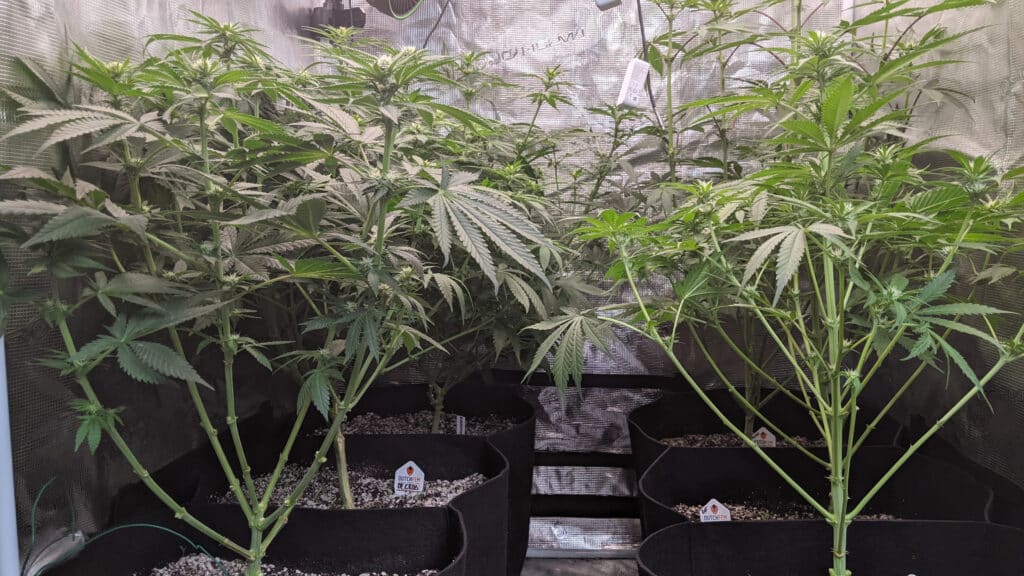
2. Type of Cannabis
Another crucial factor in the difficulty of growing cannabis is the type of cannabis strain you choose. Strains can be broadly categorized into autoflowering and photoperiod varieties, each offering unique advantages and challenges.
Autoflowering Strains
Autoflowering strains are often considered the best choice for beginners due to their simplicity and resilience. These plants transition from the vegetative stage to flowering automatically based on their age, rather than relying on changes in light cycles.
Advantages of Autoflowering Strains:
- Simplicity: The automatic flowering feature eliminates the need for precise light management. This makes them ideal for growers who may not have the time or expertise to monitor light schedules carefully.
- Faster Growth Cycle: Autoflowering plants typically have shorter growth cycles, allowing for quicker harvests. Many strains are ready to harvest in as little as 8-10 weeks from seed.
- Compact Size: Autoflowering strains tend to be smaller, making them suitable for indoor growers with limited space or those looking to keep their cultivation discreet.
Challenges of Autoflowering Strains:
- Lower Yields: Due to their smaller size, autoflowering strains usually produce less yield per plant compared to photoperiod varieties.
- Limited Training Opportunities: The fast growth cycle of autoflowering plants leaves little time for advanced training techniques like topping or scrogging, which can maximize yields in photoperiod plants.
Photoperiod Strains
Photoperiod strains require more attention and expertise but offer greater control and potential for larger yields. These plants transition to the flowering stage in response to specific light cycles, usually when they receive 12 hours of light and 12 hours of darkness.
Advantages of Photoperiod Strains:
- Higher Yields: Photoperiod plants often grow larger and produce higher yields, making them a favorite for experienced growers aiming for maximum output.
- Training Flexibility: The longer vegetative stage allows for advanced training techniques to shape plant growth and maximize yield potential.
- Wide Variety: Photoperiod strains come in a broader range of genetics, offering more options in terms of potency, flavor, and effects.
Challenges of Photoperiod Strains:
- Light Management: Maintaining precise light schedules is critical. Any light leaks during the dark period can stress the plants and disrupt flowering.
- Longer Growth Time: Photoperiod strains generally take longer to mature, extending the time to harvest.
- Increased Space Needs: These plants often grow larger than autoflowering varieties, requiring more space and resources.
Is growing cannabis difficult? Conclusion:
Choosing between autoflowering and photoperiod strains depends on your experience, available time, and cultivation goals. Autoflowering strains are beginner-friendly and forgiving, while photoperiod strains provide flexibility and higher yields for those willing to invest more effort. Understanding the differences can help you select the best strain type to match your needs and ensure a successful grow.
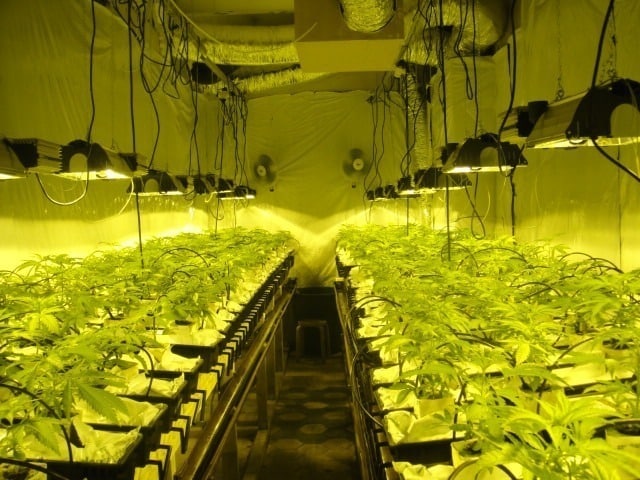
3. Legal Considerations
Legal considerations play a critical role in the difficulty of growing cannabis. The regulations governing cannabis cultivation vary significantly depending on your location, and navigating these laws can add complexity to the process. It is essential to understand and comply with the legal framework in your area to avoid fines, legal issues, or other penalties.
Key Legal Factors to Consider:
- Legality of Cultivation: In some jurisdictions, growing cannabis is entirely legal for medicinal or recreational purposes, while in others, it remains prohibited. Research local laws to determine if cultivation is allowed and under what conditions.
- Licensing and Permits: Certain areas require growers to obtain a license or permit, even for personal use. These permits may involve application fees, background checks, and adherence to specific regulations.
- Plant Limits: Many regions impose restrictions on the number of cannabis plants you can grow. Exceeding these limits can result in legal consequences, even in places where cultivation is permitted.
- Zoning Laws: Some localities have zoning regulations that dictate where cannabis can be grown. For example, outdoor cultivation may be prohibited in residential areas or near schools and public spaces.
- Privacy and Security Requirements: Legal frameworks often require growers to secure their plants against theft and ensure they are not visible to the public. Failure to meet these requirements can lead to fines or other penalties.
- Record-Keeping: In commercial or larger-scale operations, maintaining detailed records of your cultivation activities may be a legal requirement.
Challenges of Legal Compliance:
- Complexity of Laws: Cannabis laws can be intricate and vary widely, even within a single country. Staying informed and compliant requires effort and vigilance.
- Risk of Changes: Laws surrounding cannabis are often evolving. What is legal today may face additional restrictions tomorrow, adding uncertainty for growers.
- Enforcement Variability: The enforcement of cannabis laws can vary between regions and even between local officials, making compliance more challenging.
Is growing cannabis difficult? Conclusion:
Understanding the legal considerations surrounding cannabis cultivation is crucial for a successful and stress-free growing experience. Always research your local regulations, seek legal advice if necessary, and ensure compliance to mitigate risks. Legal diligence not only protects you from potential legal consequences but also promotes responsible cultivation practices. Adhering to the law creates a safer and more sustainable environment for both growers and the broader community, paving the way for a successful and compliant cannabis-growing journey.
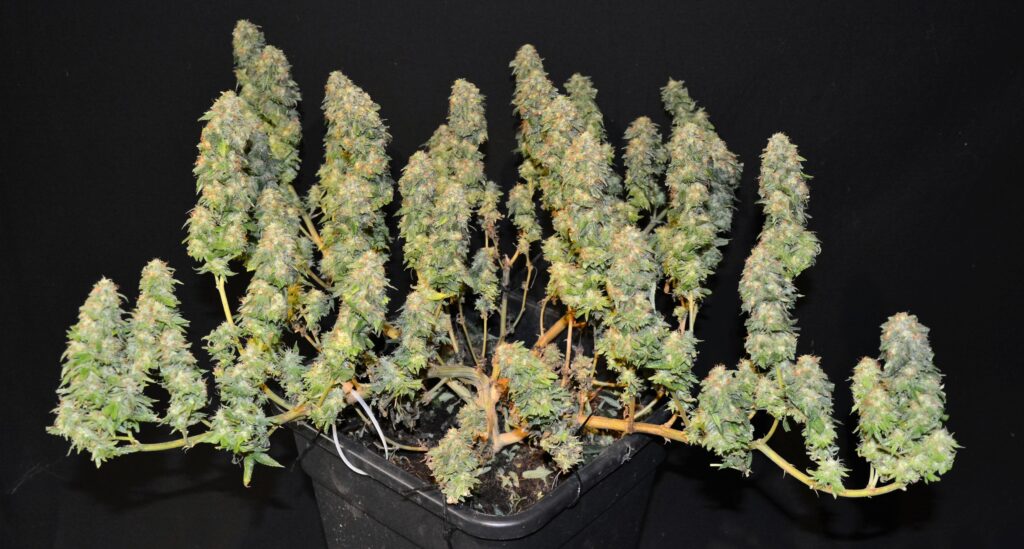
4. Knowledge and Experience
The level of knowledge and experience a grower brings to cannabis cultivation significantly impacts the difficulty of the process. Beginners often face a steep learning curve as they familiarize themselves with the unique requirements of cannabis plants.
Understanding Plant Needs:
- Nutrient Balance: Cannabis plants have specific nutrient requirements that change throughout their growth cycle. Over-fertilizing or under-fertilizing can lead to nutrient deficiencies or toxicities, which affect plant health and yield.
- Watering Schedules: Striking the right balance in watering is critical. Overwatering can cause root rot, while underwatering stresses the plants and hampers growth. Beginners often struggle to identify the ideal watering frequency based on factors such as plant size, soil type, and environmental conditions.
- Pruning Techniques: Proper pruning and training can optimize plant growth and increase yields. Techniques like topping, low-stress training (LST), and defoliation require knowledge and practice to execute correctly.
Environmental Management:
- Monitoring Conditions: Maintaining optimal light, temperature, humidity, and airflow is crucial for healthy cannabis growth. Inexperienced growers may find it challenging to monitor and adjust these variables effectively.
- Pest and Disease Control: Identifying and mitigating pests and diseases early is vital. Beginners may not recognize warning signs or know how to address issues without harming the plants.
Continuous Learning: Successful cannabis cultivation often involves trial and error. Engaging with online resources, forums, and experienced growers can accelerate the learning process and improve outcomes over time.
Is growing cannabis difficult? Conclusion:
While knowledge gaps can make growing cannabis seem daunting, a willingness to learn and adapt can bridge these challenges. With time, experience, and dedication, even beginners can achieve rewarding results.
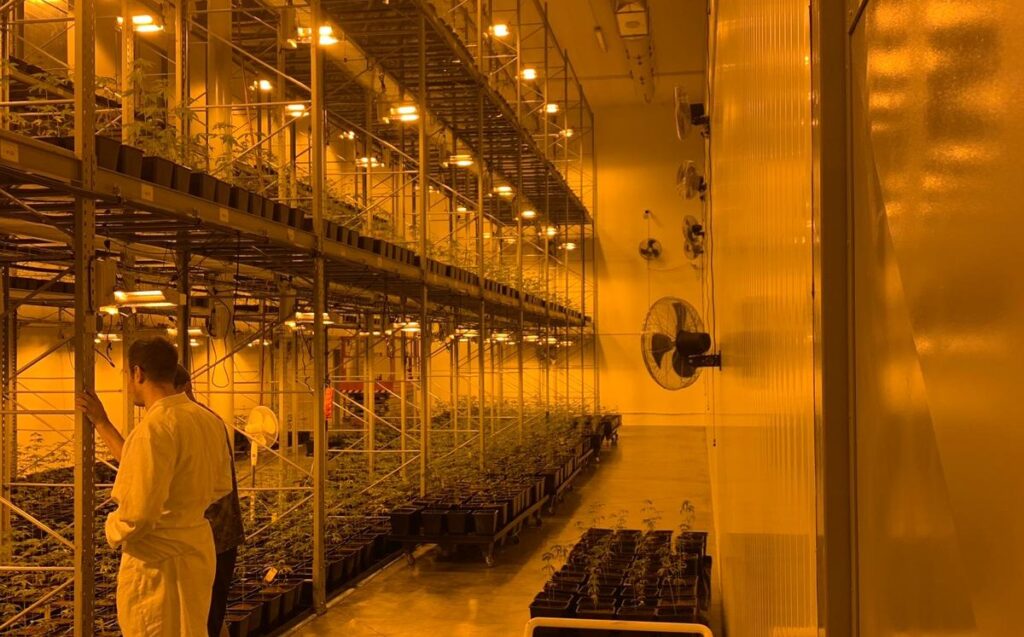
5. Resources and Equipment
The resources and equipment you choose can significantly influence the difficulty of growing cannabis and the quality of your results. Investing in the right tools and materials can simplify the process and help ensure a successful harvest.
Essential Resources:
- Quality Soil: Healthy soil is the foundation of cannabis cultivation. Opt for nutrient-rich, well-aerated soil that supports robust root development and plant growth.
- Nutrients and Fertilizers: Cannabis requires specific nutrients at different growth stages. Using high-quality, cannabis-specific fertilizers can help maintain the proper balance of macronutrients (nitrogen, phosphorus, potassium) and micronutrients.
- pH Testers: Monitoring and adjusting the pH of your soil or hydroponic solution is vital for nutrient uptake. A reliable pH tester ensures your plants can access the nutrients they need.
Key Equipment:
- Grow Lights: For indoor growers, high-quality grow lights like LED or HID systems are essential for mimicking natural sunlight. The type and intensity of light directly affect plant growth and yield.
- Ventilation and Airflow Systems: Proper ventilation prevents issues like mold and mildew. Equipment such as fans and carbon filters maintain air circulation and manage odors.
- Grow Tents or Greenhouses: Controlled environments like grow tents or greenhouses allow you to regulate temperature, humidity, and light exposure effectively.
Additional Considerations:
- Timers and Automation: Automated systems for lighting, watering, and feeding can reduce workload and minimize errors.
- Tools for Training and Pruning: Equipment like scissors, plant ties, and trellis nets helps in managing plant shape and optimizing light penetration.
Is growing cannabis difficult? Conclusion:
While initial investments in resources and equipment can seem daunting, they pay off by simplifying cultivation and improving yields. Quality tools and materials not only enhance plant health but also reduce the likelihood of errors, making the growing process more efficient and rewarding.

2. Is growing cannabis difficult? Steps to Simplify the Process
Simplifying the cannabis-growing process can make cultivation more accessible, especially for beginners. By starting small and focusing on the essentials, you can create a manageable and rewarding experience.
1. Start Small: Begin with 1-3 plants to avoid feeling overwhelmed. Managing fewer plants allows you to focus on learning the basics, such as watering schedules, nutrient feeding, and pest monitoring.
2. Choose the Right Strain: Opt for hardy, beginner-friendly strains like Northern Lights or Blue Dream. These strains are more forgiving of mistakes and thrive in a variety of conditions.
3. Use Quality Soil: Avoid overcomplicated setups. High-quality soil with pre-mixed nutrients can simplify feeding schedules and provide a strong foundation for plant growth.
4. Focus on Basics:
- Water: Overwatering or underwatering can harm your plants. Water when the top inch of soil feels dry, and ensure pots have proper drainage.
- Light: For indoor grows, use full-spectrum grow lights and follow recommended light cycles (e.g., 18 hours of light during the vegetative stage).
- Temperature and Humidity: Maintain an ideal range of 70-85°F and 40-70% humidity, adjusting based on the growth stage.
5. Monitor Regularly: Check your plants daily for signs of pests, diseases, or nutrient deficiencies. Addressing issues early prevents them from escalating.
6. Use Simple Tools: Invest in basic tools like a pH tester, thermometer, and hygrometer to monitor your plants’ environment effectively.
7. Learn and Adapt: Document your progress and challenges. Use resources like online forums, tutorials, and local grower communities to refine your techniques.
Is growing cannabis difficult? Conclusion:
By starting small and focusing on key factors, you can simplify the process of growing cannabis. Over time, as you gain experience, you can experiment with advanced techniques and equipment to further enhance your results.
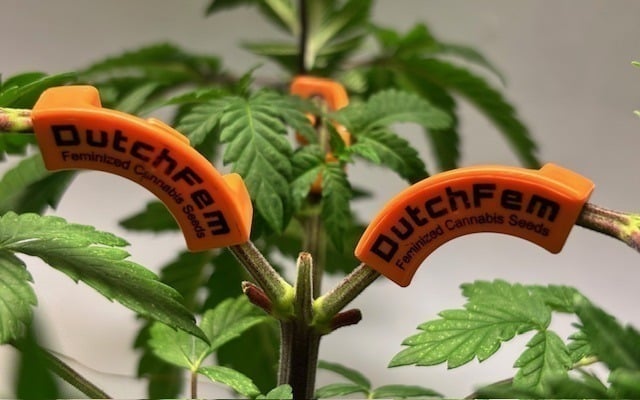
3. Is Growing Cannabis Difficult?
Is it difficult to grow cannabis?
The answer depends on your level of experience and patience.
For beginners, growing cannabis can feel a bit challenging. The process involves a learning curve, especially when it comes to understanding the plant’s requirements, such as the proper light, water, temperature, and nutrients. Additionally, setting up a grow space can be tricky, with many new growers needing to navigate through complex systems like ventilation, humidity control, and pH levels. The initial setup and learning can be overwhelming, but it’s not impossible to overcome with proper guidance and resources.
However, with practice, growing cannabis becomes much easier. As you continue to care for the plants, you begin to understand their growth cycles and specific needs, from seedling to harvest. By recognizing the signs of overwatering, nutrient deficiencies, or pest infestations, you’ll become more adept at troubleshooting and making the necessary adjustments. Over time, these tasks will feel more intuitive.
If you have the patience and a willingness to learn, cannabis cultivation can be incredibly rewarding. Not only does it allow you to grow your own medicine or recreational products, but it also offers a deep connection to nature and the satisfaction of nurturing a plant from seed to harvest.
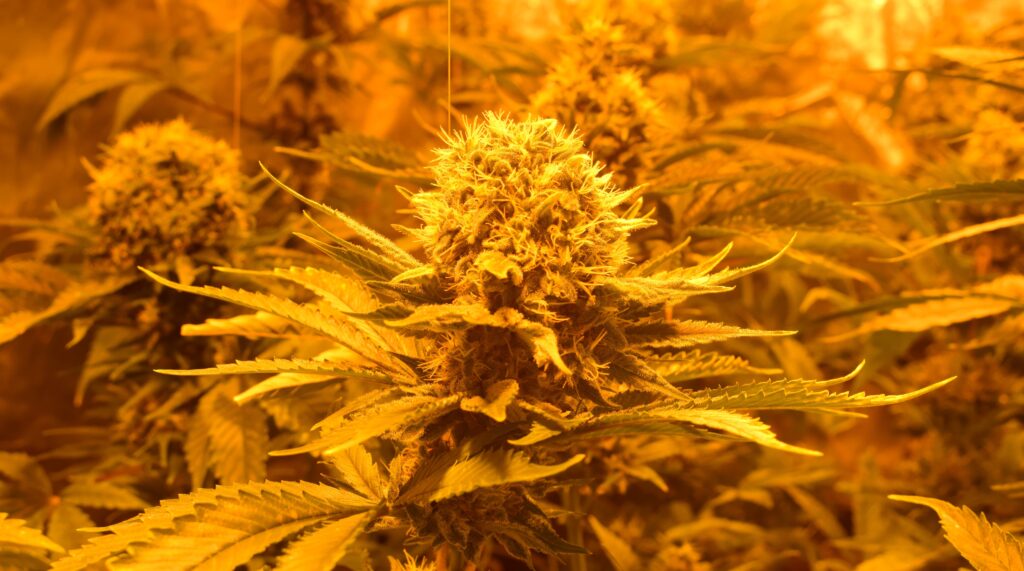
Here are some more interesting blogs about growing cannabis:
- Guide to Easy and Natural Cannabis Cultivation
- The Easiest Feminized Cannabis Strains to Grow for Beginners
- Cultivating Cannabis on Your Balcony
- How to grow autoflowering cannabis on your windowsill
- What you need to grow cannabis indoors
- Maximizing Yield: The Art of Topping Cannabis Plants
- How to get the most yield per plant?
Growdiaries with Dutchfem Strains from our Customers:



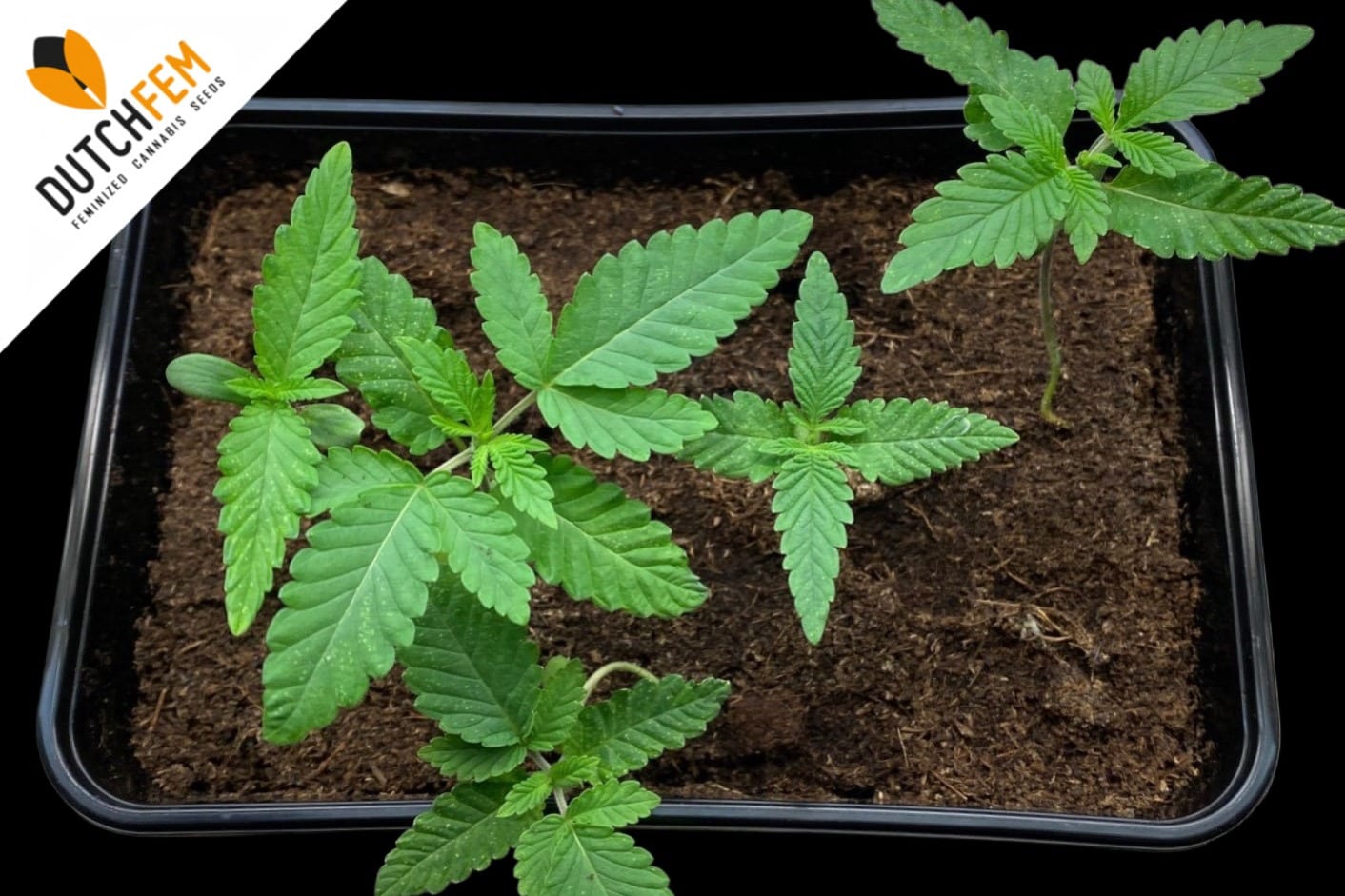
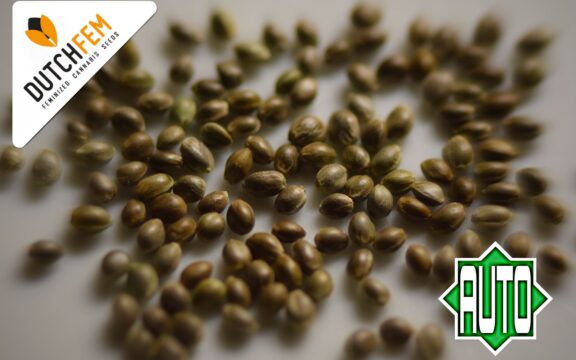
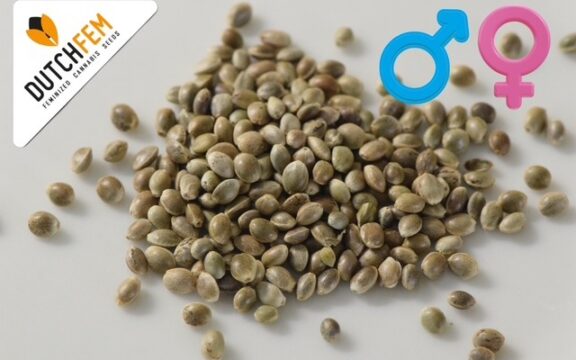



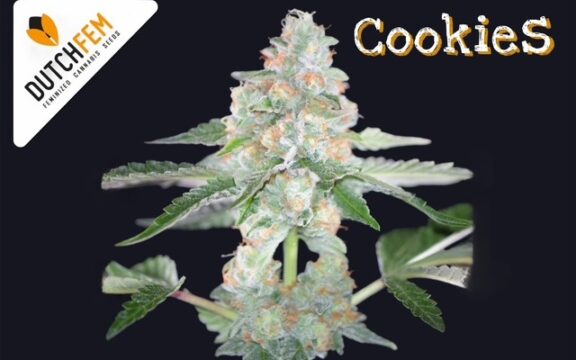




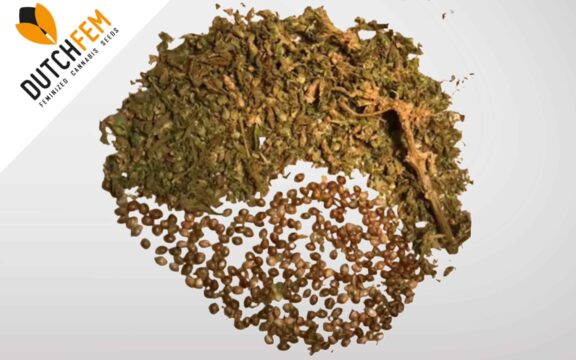

















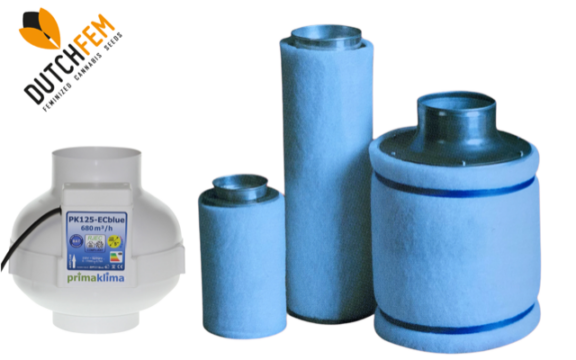






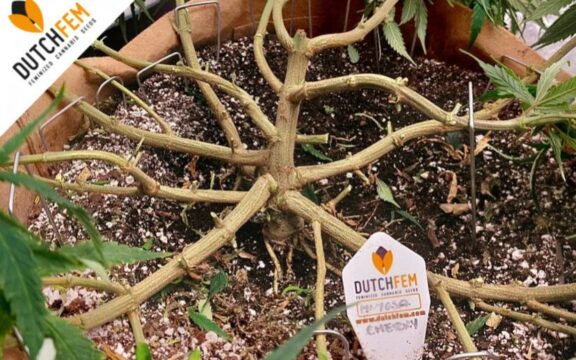




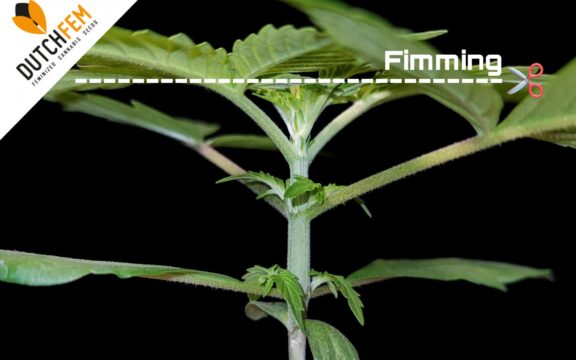




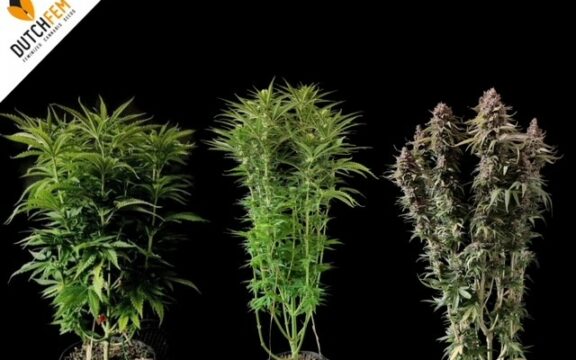





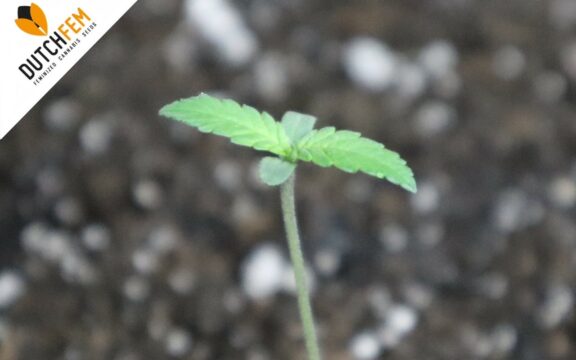

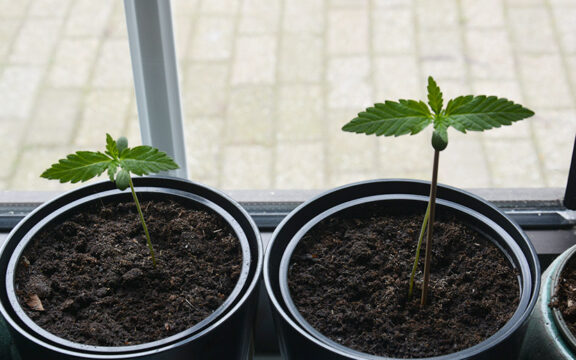
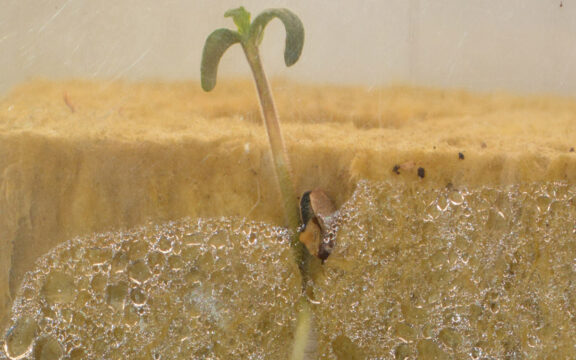





You must be logged in to post a comment.